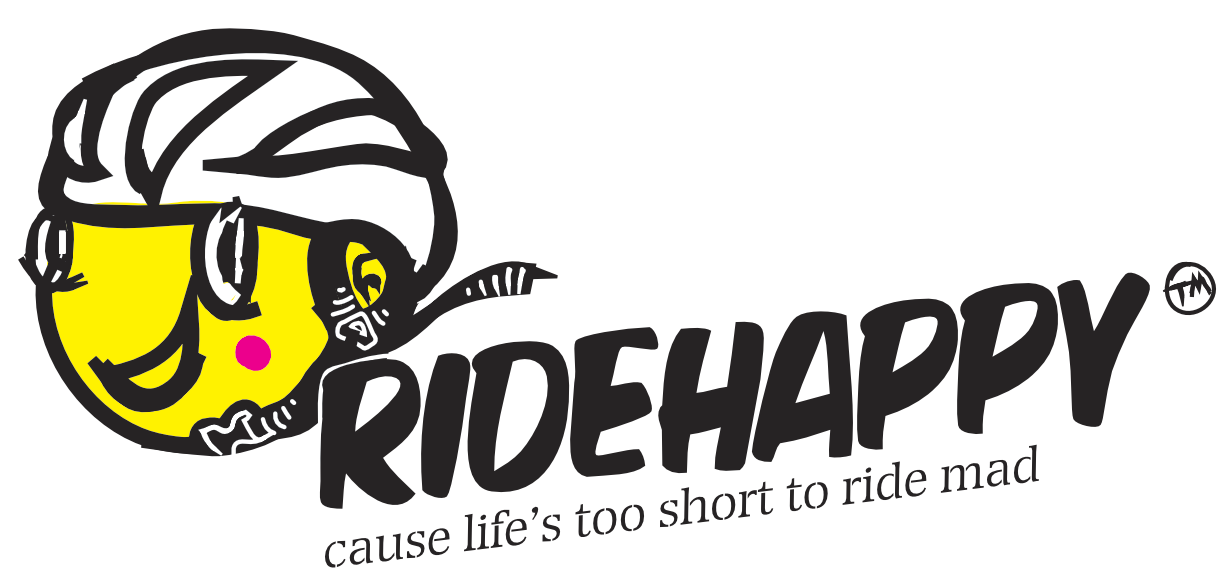📸 @spurlo_style
Phew! It’s been a while since I last wrote a blog post on Ride Happy. Life has been… awesome!! My wonderful partner Sam and I welcomed baby Alby Jacobs-Bach to our family in May 2018, and in January 2020 we are expecting baby J-B #2. We are loving the chaos that family life brings and although I miss dearly the feeling of being really, really fit, I’m really enjoying this next phase of life too.
I started racing some CX earlier this year, just for fun, and joined the Herman Miller X Pedla Focus team who are a rad bunch of humans. I raced the first national round in Adelaide in May after a long hiaitus and a few crammed Zwift sessions… and netted a 3rd, which was surprising and gave me a bit of motivation. The second round was the next day and I just had nothing in the tank. I pulled out early in the race and just figured I wasn’t fit enough for two days in a row. As it turned out I was pregnant with baby #2! So my racing season ended pretty quickly, and I spent the next few weeks hiding to avoid awkward questions about why I wasn’t racing. But it was important to me to keep riding, and so I swapped crazy ergos for more relaxing rides with friends and gravel in the Otways. Now that I’m over 6 months’ pregnant, riding is starting to get a bit trickier and more exhausting. Most of my riding is now commuting to and from work, which is around 1.5hrs a day. That’s plenty! I’ve done a few weekend rides here and there when it works around Sam’s shift pattern and Alby’s schedule, but I haven’t been too fussed about missing rides when I can’t go.
When I started to get bigger, and my commute became more tiring, I started thinking about getting an e-bike. My ride to and from work is my ‘me time’ and I didn’t want to lose that sitting in a car in peak hour traffic, just because I was pregnant. Peak hour driving in Melbourne is the WORST.
It was a big decision. I worried that having an e-bike would make me lazy… but when I talked about it with Sam, we realised that it would make the difference between me being able to keep riding my bike, and not. That was pretty compelling! We’re also planning some weekend rail trail adventures with the boys in the bike trailer once baby J-B #2 arrives, and an e-bike will be awesome for that (if you have ever tried to tow a baby trailer up Mt Donna Buang you’ll agree… you only make that mistake once!!).
When I spoke to Graeme Moffett at Focus, he was really supportive. Focus sorted me out with a Paralane 9.7 squared which is their carbon gravel e-bike. It is amazing! Rob Arnold from RIDE Media has put together some short films about it and we hope they’ll demystify what e-bikes are all about and how they can unlock more riding for more people. The first episode is below. Let me know what you think!
Ride happy

















